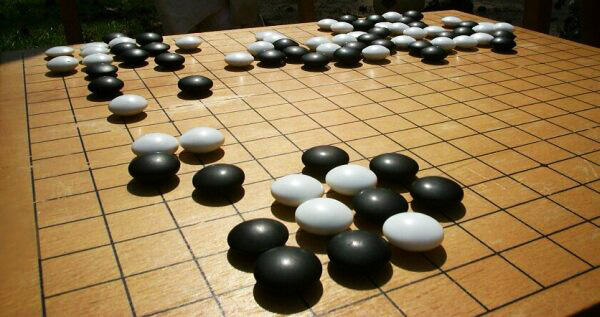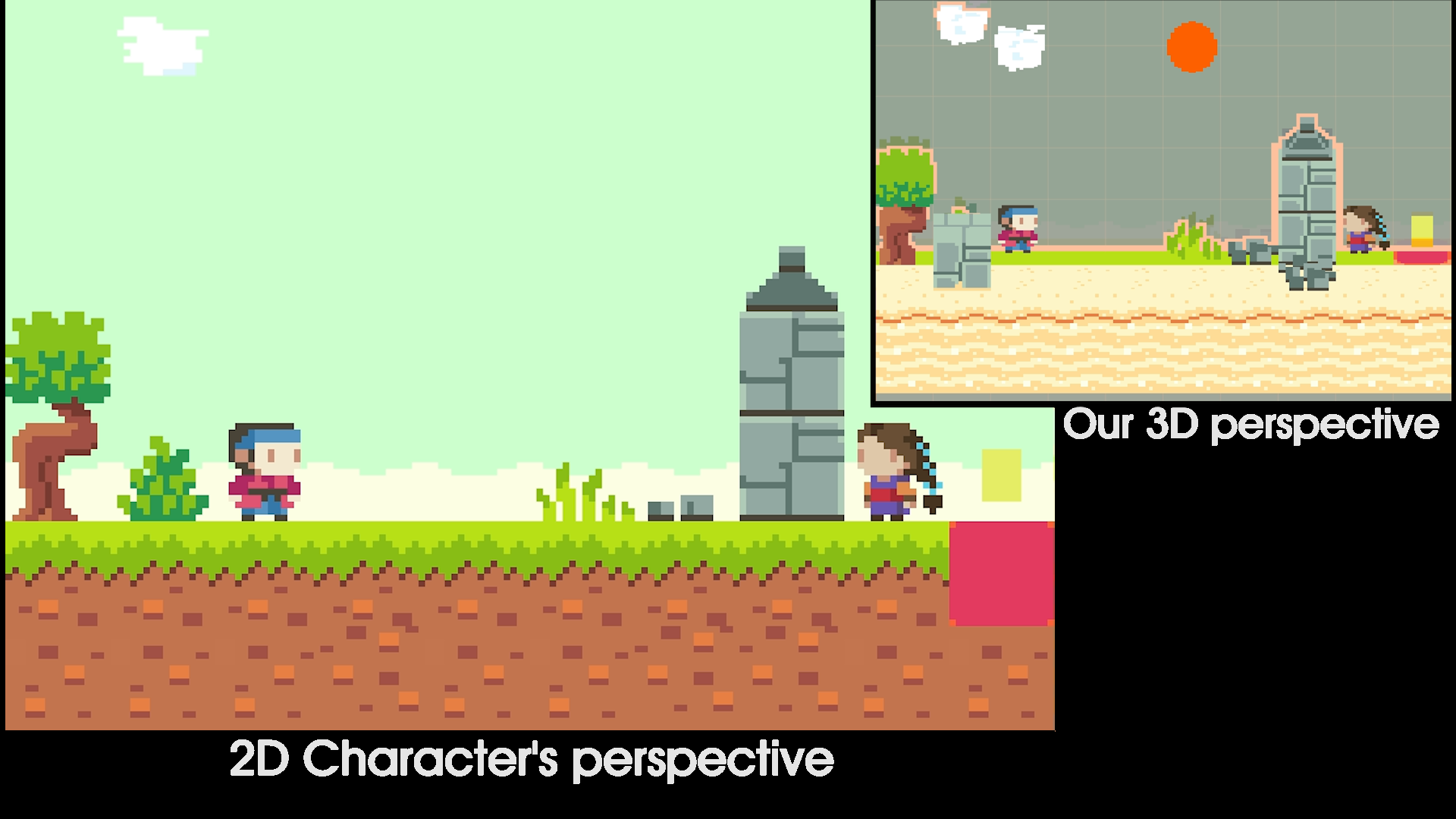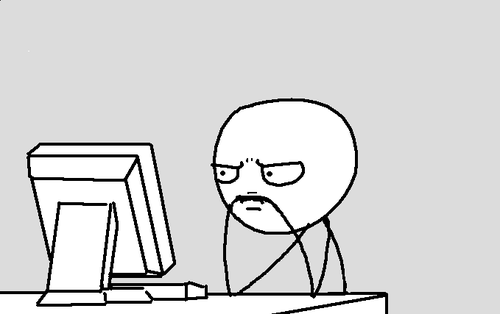I’ve been designing & developing for hire since I was 14. But I almost never write about my past. It’s old hat to me. I’m an always-moving-forward kind of girl.
This has led many to assume my strongly opinions on bootstrapping come ex nihilo — or possibly from bitchy sour grapes at being excluded from Startuplandia, unable to reach that sweet venture dolla dolla.
Quite the opposite.
I wrote, once before, three second-hand tales from the startup trenches that I had the privilege (or misfortune) of witnessing.
Here are my stories.
Let’s start with what may seem like a terrible loss:
The ones that “got away”
Fun facts few know:
- I was invited to design an early version of Kickstarter
- I was offered a small percentage stake in Shopify to become its designer
- I was approached to take over design for Simple (pre-launch; back when it was still supposed to be its own bank).
I said no to all these offers because they didn’t pay cash… or pay enough cash (or in the case of Simple, demanded a full-time commitment).
And I was in the position to get them — and say “No” — because of who I was & who I knew…
How I got internet “famous”
The time: 2005-2009. I was by far the most well-known web & interface designer in the Rails world. I got in early; I wrote, I taught, I helped people solve their Rails & design problems.
In short, I did all the things I now teach my students to do.
Thanks to this, opportunities (real) and “opportunities” (imagined) fell into my lap.
Those were the times when I’d get a startup pitch a day for months at a time. And said “No” to them every day, too.
“Fool!” you may be thinking.
True, a percentage in Shopify would have paid me handsomely by now.
(Assuming I could sell it.) (Assuming everything else worked out the way it has done in this timeline.) (Assuming Tobi and I didn’t become bitter enemies like I’d seen so many partners do.)
But by time I talked with Tobi, I’d seen inside too many startups to have an optimism that it’d ever pay… or, if it did, that it would lead to anything but overwork, broken friendships and misery.
You see, Rails wasn’t the start of my stint in startuplandia.
I got started early, freelancing…
Before Rails, I did PHP development, and before that, I did design, HTML, CSS. I’d been building the doomed dreams of so-called entrepreneurs since I was a teen:
The online food ordering service powered by a Beowulf cluster of fax machines, started by 2 semi-retired public school administrators who held meetings among the potted palms and maroon carpet of hotel lounges.
The nurse staffing agency owner who said he treated his employees like his family, would treat me like a sister, and wanted to build the 2002 version of Uber for Nurses.
The khaki’d early-20’s dudebro who ran several of those “sign up for offers, get credits, get free iPods” sites. (He was actually one of the few who made real money, and did indeed deliver the iPods. The irony.)
And so many more I’ve forgotten.
These sound ludicrous, I know – yet far more credible than your typical startup, since they all had built-in revenue streams.
After I got sick of freelancing (and got conned by a sociopath — see below), I took a job with one of my clients. That sucked so 3 months later I jumped ship and graduated to more serious work, aka…
I joined a professional services company
I was hired out to work on the very first launch apps for Ning. Yes, that Ning. Back when it was a “stealth” startup with a totally different name (24 Hour Laundry).
And the toy social media project of a multi-multi-multi online millionaire who wore $1000 paint splattered jeans when he swaggered into my boss’ office and yakked to me about Somerset Maugham and demanded more faux brick and neon lights. In my web design.
And others less amusing, but no less doomed.
Sick of consulting, I took an in-house job
At Limewire, of all places, which wasn’t venture-backed but awash in absurd amounts of undeserved cash. I first saw the corrupting influence, the way disproportionate rewards created an almost comical atmosphere of wastefulness, treachery and lies.
You’d think earning $400,000 a year as a Java developer in 2006 would make you feel secure and easygoing. You’d think being a multi-millionaire with several profitable businesses would make you business savvy, and brave enough to make firm decisions about product and/or fire toxic elements.
You’d be wrong.
Sick of being undermined by the insanity, I quit
After I quit my crazy high-paying and insanely weird job to consult again:
I worked for quite a time for a mapping startup you’ve never heard of.
And for a B2B startup in the commercial real estate market space, which according to a news report at the time had already connected more than $100 million in deals.
I did some great interface designs for a kinda crazy-cool distributed desktop documentation/knowledge base/sharing tool for enterprises… right up til the two engineers discovered that not only could they not sell it direct to the enterprise decision makers, the employees wouldn’t be allowed to install it on their own, either.
I also consulted periodically for a “hot startup” in the video/advertising space that shrunk from 120, to 50, to 25, to 4 people the last time I walked through the door into a blue-carpeted wasteland of empty cubes and plastic sheeting. God knows why they called me in that last time; all I remember was the creepy smell of defeat.
And then there was Bear Stearns. My biz partner John and I were there, consulting, for weeks before and also the very Monday after the axe fell on that fateful Sunday which kicked off the meltdown in 2008. Imagine 45 floors of forlorn zombies shuffling about in blue oxfords.
Later, my client-boss at Bear Stearns – who was himself great to work with — wanted our help on his own project, a video startup. We did indeed help, but as far as I can tell, it went nowhere. At that point in my career, I expected it. Didn’t even bother keeping tabs. I don’t even remember its name.
Are you seeing a pattern here?
Because I certainly spotted it:
- Nursing staffing app: Dead
- Food delivery service: Dead
- Rewards/iPod platforms: Dead
- Commercial real estate marketplace: Dead
- Social network: Dead
- Ecommerce sharing app: Dead
- Video startup: Dead
- Bear Stearns: Dead
- Video startup 2: Dead
- Limewire: Dead
The key exception seems to be that mapping startup. It’s still here, sort of (propped up by the coffers of intelligence agencies, from what I hear). Ning exists but was sold for what appears to be less than its invested capital, after many, many years, so chalk that up as a failure.
And this is just a short list of ones that stand out.
There were so many.
And most of them were DOA or not long after.
Yes, my startup history is littered with corpses… and a few undead, who somehow cling to a semblance of life without growth.
For a little while I felt embarrassed by my apparent touch of death. But then I took a closer look and saw that it was the same for everyone, everywhere.
I started to see trends, the common things those “founders” did to destroy their prospects…
…right about the time all my Rails friends — and their friends — were asking me to design their apps for equity.
There’s more. A lot more…
Like that time I went to Startup School and pitched Paul Graham: He invited me to apply for the summer class even though the deadline had passed; I decided I could make a business without uprooting my life and living off ramen in Cambridge.
Or that time I got suckered by a pathological liar who played the “lie that you have the feature then go back and build it like hell” approach on a grand scale, fooling everybody from me to Novell to the local news media. Today, that kind of evil recklessness is just the kind that would get him funding. Instead of wrecking just a handful of lives for a year, his blast radius would have been huge.
Even when I haven’t been directly involved, I’ve had splash zone seats. I’ve known some of the biggest names in startups today before they were half as big, and I’ve watched how rarely it’s paid off for them in terms of happiness.
I’ve felt & seen how quickly the thrill and perceived “esteem” of being tied to a famous person (or project) fades.
Even now I have friends who are struggling with the inevitable path of the funded startup: die, sell, go public. These stories aren’t mine to tell.
But every one has taught me things.
That’s why I bootstrap.
I saw a few good moves and a lot of bad ones in all those years in startuplandia. So I took stock of the mistakes and set out to do the opposite.
That’s why we grow slow and only spend what we earn. That’s why I never gave up equity. That’s why I didn’t take any equity in other people’s startups, either. That’s why I have stuck to a simple, “boring” but useful service. That’s why I play the long game, rather than setting my sights on a “rocketship.” That’s why we hire conservatively and fire when we have to, no later.
That’s why I corrected our biggest mistake by doing the hard thing, & never looked back.
That’s why I don’t regret for a second not taking a share in Shopify. I’ve seen too many equity deals devolve into hatred and spite, and I can’t imagine wanting to expend that much stress over something as stupid as money.
That’s why our business is 6 years old, stable and growing.
7 core lessons from 7 years of startups
Don’t get me wrong — I’m thankful for all the experiences, good and bad. I learned from the work itself, but more critically, I’ve learned the meta-lessons that run beneath the surface of almost every story:
- ego is toxic
- risk is overrated
- belief & passion signal nothing
- success doesn’t make you better
- work addiction is a sign of weakness, not power
- unearned/excessive money corrupts individuals and groups
- seeking answers to questions about reality (e.g. markets) inside yourself is a recipe for failure
And, as it turns out, most promises of instant “power” and “freedom” leave you more entrenched than before. The trick with quicksand isn’t to struggle mightily, but to ease yourself out inch by inch.
I’ve worked in big startups, small startups, pre-funding, post-funding, rich and poor. I’ve worked for experienced founders and total newbs. I’ve worked in new ventures both before and after the latest VC wave began. I’ve ranged from unsexy but profitable B2Bs, to stupid consumer plays. From shameless vanity projects to serious businesses.
And so I’ve made the obvious choice:
To hell with all of that.
Learn the techniques I used to bootstrap profitably.
There was so little guidance out there for doing what we do that I read everything, absorbed everything, and had to forge my own way. Most startup dogma is designed for people with money to waste, who are willing to either go big or die. Mine is designed to help you squeeze the most out of the least and grow gradually and sustainably.
Get your free guide:
Get your free from-scratch bootstrappin' email course
|
First Name * |
|
Last Name *
|
|
|
Email *
|
|
|
|


 A great, full-body-squick-inducing article in National Geographic provides an overview of the current research on parasites that use a combination of techniques to control their hosts' behavior, making them sacrifice themselves for the sake of the parasites and their offspring.
A great, full-body-squick-inducing article in National Geographic provides an overview of the current research on parasites that use a combination of techniques to control their hosts' behavior, making them sacrifice themselves for the sake of the parasites and their offspring.










 Nazi dictator Adolf Hitler was addicted to meth-amphetamine, according to documentation recently released by U.S. intelligence services.
Nazi dictator Adolf Hitler was addicted to meth-amphetamine, according to documentation recently released by U.S. intelligence services.  Kevin Kelly's
Kevin Kelly's 






